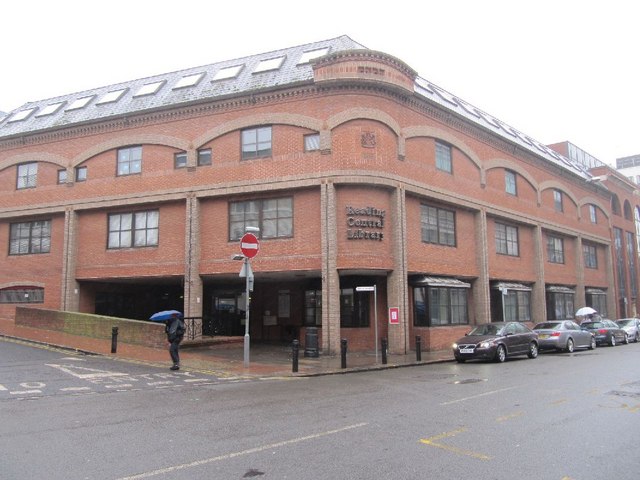Check out the website: https://www.westminster.gov.uk/library-opening-hours-and-contact-details
The public Marylebone Library is currently moving. Their new location will be complete in 2020. In the meantime, they are severely limited in space.
The first floor is essentially all the necessary items a general member would need. To the right of the entrance are movies, and to the left is the children's section. To the back are general fiction and a small lounge. The fiction are organized in alphabetical order, and some have some symbols from back before the move. For instance, some books have a CRI sticker on the binding for Crime, and some have orange stickers with a large Z, which stand for Zone books, for teens.
The basement floor is primarily nonfiction and has some tables and booths for studying and computer time. The nonfiction section are condensed into subjects, no matter their Dewey Decimal call numbers. You can find call numbers from 643 to 747 in the DIY section, or 001 jumping to 300 in the Education/Careers section.
Some of the nonfiction subjects are grouped alphabetically, but some are not. For instance, we can find Food before Gardening. But in an small alcove, Transport is above Housing. Still, there are large binders with headings showing where a new subject starts, and with the smallness of the library, one can find a topic easily and never get lost.
Yet, I worry about the patronage of this library. I came during a children's event, but there weren't many children at all. It made me wonder, since the move, how many people still know where this library is located. Still, my guide, the customer services officer, Stephen Booth, was really helpful in showing me around the small library, and there was always a cheery atmosphere.











